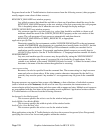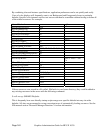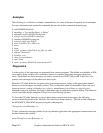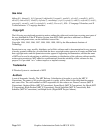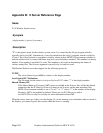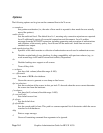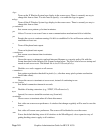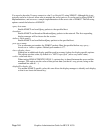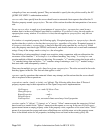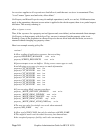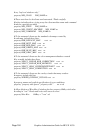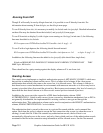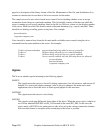You can also have the X server connect to xdm(1) or dtlogin(1X) using XDMCP. Although this is not
typically useful as it doesn't allow xdm to manage the server process, it can be used to debug XDMCP
implementations, and serves as a sample implementation of the server side of XDMCP. The following
options control the behavior of XDMCP.
-query host-name
Enable XDMCP and send Query packets to the specified host.
-broadcast
Enable XDMCP and broadcast BroadcastQuery packets to the network. The first responding
display manager will be chosen for the session.
-indirect <host-name>
Enable XDMCP and send IndirectQuery packets to the specified host.
-port <port-num>
Use an alternate port number for XDMCP packets. Must be specified before any -query, -
broadcast or -indirect options. Default port number is 177.
-class <display-class>
Xdmcp has an additional display qualifier used in resource lookup for display-specific options.
This option sets that value; by default it is "MIT-Unspecified" (not a very useful value).
-cookie <xdm-auth-bits>
When testing XDM-AUTHENTICATION-1, a private key is shared between the server and the
manager. This option sets the value of that private data (not that it's very private, being on the
command line and all. . .).
-displayID <display-id>
Yet another XDMCP specific value, this one allows the display manager to identify each display
so that it can locate the shared key.
Graphics Administration Guide for HP-UX 10.20
Page 146




